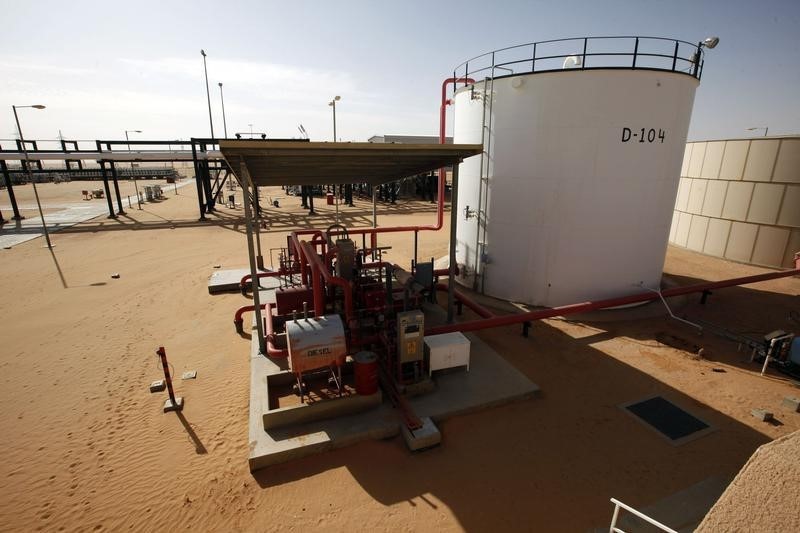(Bloomberg) -- Oil’s rally above $45 a barrel hit the brakes on Monday after OPEC talks ended without a clear stance on whether to delay an output increase in January.
Futures extended losses after closing 0.4% lower in New York following news that members of the cartel rescheduled a meeting with allies to Thursday. Further talks were needed after members failed to reach an agreement among themselves. This month’s price jump has some countries questioning the need to extend production curbs that are set to expire.
“Our expectations is that they do roll the cuts forward into mid-next year, but the ground is shakier, and like always, it’s about what is Saudi thinking,” said Vikas Dwivedi, a global energy strategist for Macquarie Group (OTC:MQBKY) Ltd in Houston. “As price goes up, it’s going to be a lot more tempting for countries to try and put more production on the market.”
Despite the OPEC+ tension, U.S. benchmark crude rose 27% in November, the biggest monthly increase since May, after Moderna (NASDAQ:MRNA) Inc. offered the latest in a string of Covid-19 vaccine breakthroughs that are buoying the outlook for a fuel consumption rebound.
Failure by OPEC+ to agree on extending output curbs would see producers restore about 1.9 million barrels a day in supply, potentially pushing the global market back into surplus at a time when demand remains depressed due to the pandemic. The alliance has been widely expected to maintain the current output level.
“Getting the OPEC participants to agree shouldn’t necessarily be a tall order,” said Tom Finlon of GF International, but it doesn’t account for the rising production from Iran, Libya and Venezuela, which are exempt from the agreement. With the extra supply “in the face of coronavirus when U.S. gasoline demand is closer to 8 million barrels a day than 9 million barrels, you can’t keep the market up this high.”
While a majority of OPEC watchers are expecting a three-month delay to the planned output increase, a recent price rally may complicate talks. Some producers such as Iraq -- which is seeking cash upfront for a long-term crude-supply contract -- are keen to pump more. Six of the 10 countries bound by the production agreement had not implemented their cuts in full by the end of October, according to a table prepared for the JMMC meeting.
Algerian energy minister Abdelmajid Attar, who holds OPEC’s rotating presidency, said at the start of Monday’s talks that the road to recovery may be long and bumpy, urging the producer group to be cautious in the first quarter. Additionally, Saudi Arabia said it’s mulling resigning as co-chair of the OPEC+ Joint Ministerial Monitoring Committee.
The recent rally in headline crude prices has been accompanied by a swift reshaping of oil’s forward curve. The spread between WTI’s nearest December contract began trading at a premium last week to the December 2022 contract. The bullish structure, known as backwardation, signals growing market expectations for the supply and demand balance to improve further out.
Meanwhile, China is continuing its robust rebound from the virus-induced crash. Alongside strong manufacturing data, at least one fuel supplier is gearing up for an expected surge in air travel ahead of the Lunar New Year holiday in February. However, Indian diesel sales are slipping again, with a festive-season demand boost proving fleeting.
Yet, the pace of demand recovery has varied across the world. In the U.S., gasoline demand last week was down by more than a quarter year-over-year, according to GasBuddy, as the country’s Thanksgiving holiday failed to coax Americans back onto the road. Meanwhile, Turkey announced a nationwide weekday curfew as cases surge across Europe.
©2020 Bloomberg L.P.

